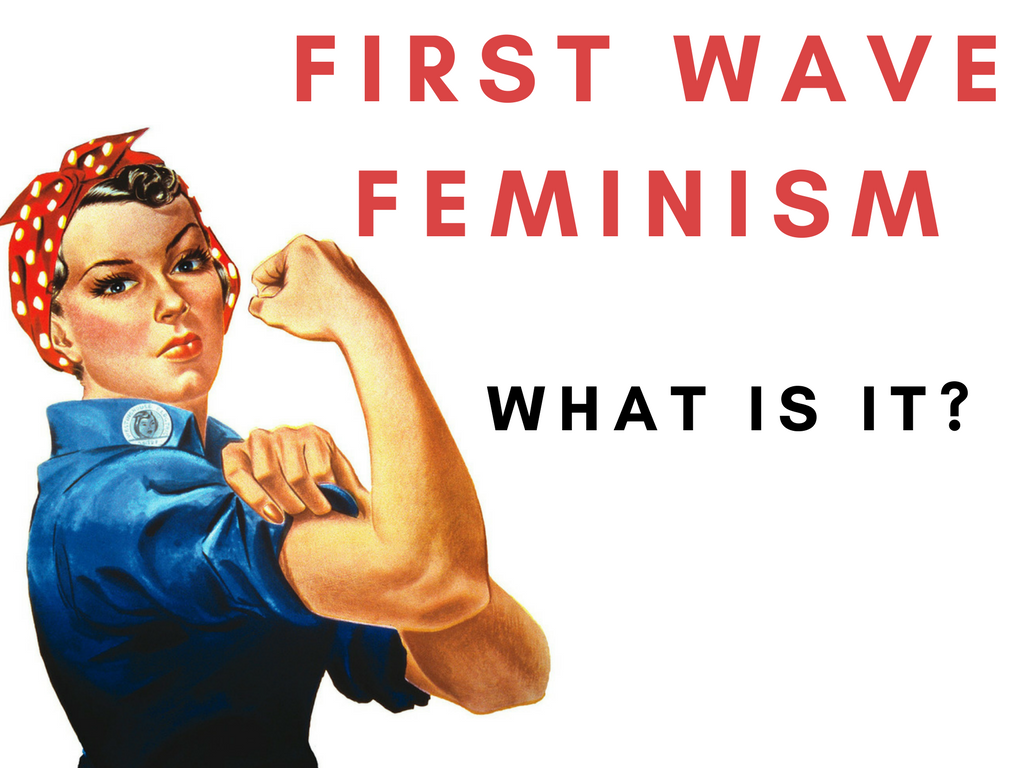First Wave Feminism

Susan B. Anthony. The Suffrage Movement. Who were the other key players and what was the outcome?
What?
The women’s rights movement in the late 19th and early 20th century.
Focused on women’s legal rights, especially the right to vote.
Who?
Key Players:
- Mary Wollstonecraft
- Elizabeth Cady Stanton
- Sojourner Truth
- Susan B. Anthony
Feminism is feminism, right? Isn’t it as simple as the political idea that men and women are equal?
Well, not quite.
It has three, or maybe four “waves,” and this article is concerned only with the achievements of the first wave that lapped at the beach of political and social reform starting right before the turn of the 18th century.
In 1792, only two years after the adoption of the U.S. Constitution, Mary Wollstonecraft (mother of the woman who wrote Frankenstein and wife of an anarchist) published the book A Vindication of the Rights of Woman. In it, she asserted the equality of women and criticized the cultural practices of the day.
Wollstonecraft believed that the ability to reason was what separated men from beasts, and she asserted that women could reason just as well as men. She criticized Western culture for educating men and women differently and raising girls to be women who were simply beautiful, agreeable, and obedient in order to attract men who would provide for them. Wollstonecraft asserted that women had a right to an education that developed their reason because reason is what made people human.
In 1848, building on Wollstonecraft’s assertion of equality, Elizabeth Cady Stanton and Lucretia Mott organized the Seneca Falls Convention, the first women’s rights convention in the United States. The Convention officially launched the U.S. women’s suffrage movement and published women’s specific grievances in a declaration https://sourcebooks.fordham.edu/mod/Senecafalls.asp).
The document follows the form of the Declaration of Independence and asserts that women were responsible to obey laws and pay taxes without representation, that divorce laws gave guardianship to fathers over mothers by default in every case, and that social convention kept women in marriage and from working in any career other than a few approved, low-paying jobs.
At about this same time, former slave Sojourner Truth began travelling and speaking on behalf of abolition and women’s rights. Her career was launched after an impromptu speech at the Ohio Women’s Rights Convention in 1851 in which she defended the rights of both white and black women, arguing from a standpoint of humanity based on birth, not intelligence. Her speech was written down and titled by an observer as A’nt I a Woman?”(https://sourcebooks.fordham.edu/mod/sojtruth2.asp) and has become a classic expression of feminism.
Susan B. Anthony, perhaps the most famous first-wave feminist, started out as a temperance activist, but was not allowed to speak at rallies and events, spurring her to join the women’s movement in 1852. Anthony argued that the United States government was not a democracy or a republic as many claimed, but that it was an aristocracy with men holding the privileged position and women being the governed.
Anthony, and many other feminists, advocated for other social reforms, including abolition and labor rights, but they focused on women’s suffrage because they believed if women had the right to vote, other social reforms would follow.
First-wave feminists advocated for the educational and the legal equality of women, but their biggest focus and biggest success was women’s suffrage.
Women were granted the right to vote in the United States when the 36th state ratified the 19th Amendment to the Constitution.
After its passage, women’s rights receded into the background in favor of a focus on other reforms until after the end of the Second World War.
By Sarah Gibbs
